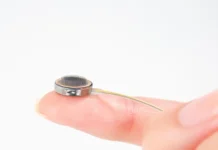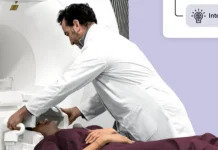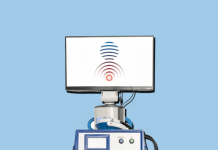EDAP TMS SA announced that the FDA granted 510(k) clearance for new workflows for its ultrasound technology. The new ultrasound imaging and workflow enhancements add to the company’s Focal One high-intensity focused ultrasound (HIFU) system. It further strengthen’s the Austin, Texas-based company’s leadership in robotic focal therapy for prostate cancer, according to a news release.
EDAP says the FDA clearance introduces advanced ultrasound imaging, streamlined treatment planning and an optimised user interface to the Focal One i system launched earlier this year. The company said its next-generation ultrasound imaging engine provides real-time visualisation and supports the potential development of AI-driven algorithms to assist surgeons with tissue ablation visualisation and treatment evaluation.
Related: Neurolyser XR now FDA cleared for sale in USA
Focal One i has a robotic positioning system that provides multi-axis, sub-millimeter robotic movements and automatic safety features. Its dynamic focusing probe combines high-resolution real-time ultrasound imaging with HIFU energy delivery. The system also has software that enables urologists to import MRI or 3D biopsy maps at the time of treatment. Its integrated, flexible cartb-ased work system has an ergonomic design and compatibility with standard operating room beds.
The EDAP technology has utility in a range of medical conditions. It combines the latest technologies in imaging, robotics and precise, non-invasive energy delivery. The company launched Focal One in Europe and the U.S. as a prostate focal therapy controlled by urologists. It hopes to potentially expand to multiple indications beyond prostate cancer.
“We are proud to receive this new FDA clearance, which further enhances the capabilities of the new Focal One i and represents another important technical milestone in Focal One’s product roadmap,” said Ryan Rhodes, EDAP CEO. “This achievement demonstrates our team’s continued commitment to innovation and reinforces Focal One’s global leadership in focal therapy.”






